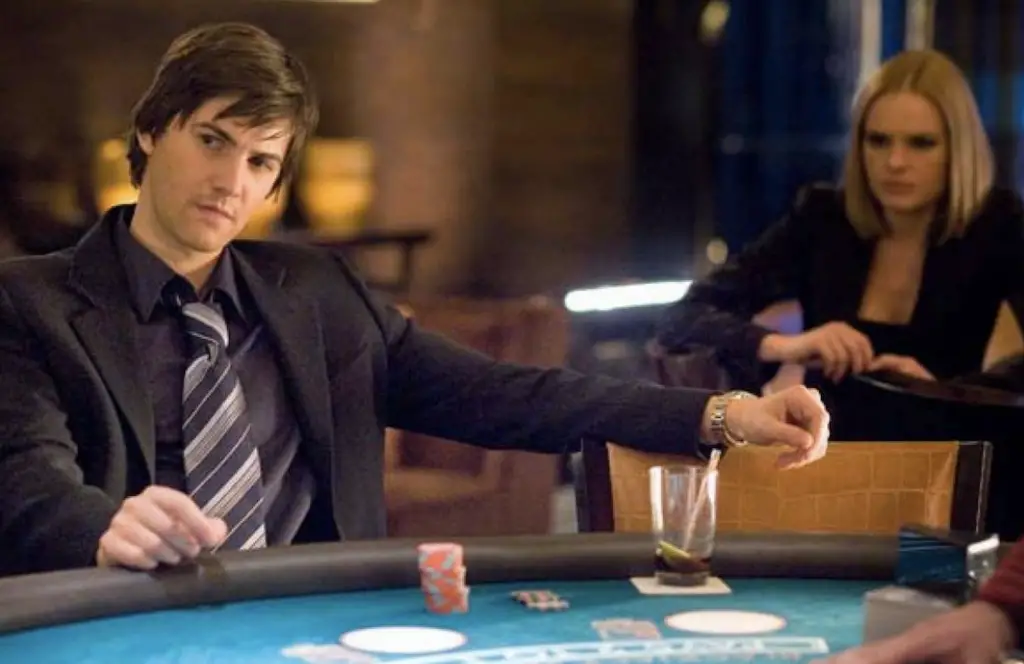
This experimental documentary interweaves the stories of six people whose lives keep them constantly on the road. Bill Crowley, a retired worker from the New England carnival circuit, tells how the protective subculture of carnivals always welcomed him and provided him with work. Surfer Eben Talmage follows the waves around the world, from Sri Lanka to Indonesia, supporting himself in his family’s business as a chimney sweep. His Super 8 footage of his trips are a visual highlight. Joy Manthey manages to combine her vocation as a nun with her childhood dream of piloting a riverboat. She sees herself as a kind of informal chaplain to the “forgotten” men who work on the boats. Railroad executive Larry MaCaffrey travels the world, buying up formerly state-owned railroads when the restructuring requirements of the World Bank force Third Worlds governments to sell them off. He seems oblivious to the economic devastation which his corporate piracy is bringing to the Global South. He does mention that he finds it “difficult” when 5,400 workers in one country lose their jobs just before Christmas, but justifies it to himself by observing that the state-owned railways were very inefficient. 24 year old Tamara Beard relishes the independence which her job as a trucker provides.
All of the film’s subjects feel the stress of not having a fixed abode. They all speak of the discomforts of travel, as well as the difficulty in forming friendships and spending time with family. Yet they affirm that the benefits of the travelling life-style outweigh the disadvantages.
Surfer Talmage says he dresses in local attire when travelling in foreign lands. Even if, as a tall white guy, he can’t really blend in, at least he is showing local people that he feels “their culture is worth emulating.” Railroad executive MaCaffrey, on the other hand, resigns himself to looking like an American executive, and settles for trying not to be too “flashy.”
The visuals in this film shows the every day environment of the subjects. Most of the film consists of shots that would normally be considered “cutaways:” the sky, the ground, a shot from a train window. The soundtrack mixes interviews with the subjects, usually staying with each person for about a minute before moving on to the next person, and ambient sounds. There is no sync sound, although the interview we are hearing at any given moment generally matches the locale of the footage we are seeing.
This film could easily be cut by a third or more and still retain all of the essential information as well as it’s leisurely pace. One shot of carnival lights is interesting; twelve isn’t. Nevertheless, the collage technique that the filmmakers have employed, in which contrasts and similarities between the subjects are highlighted through editing choices rather than through explicit commentary, respects the intelligence of the viewer. The film does successfully convey to the viewer the actual texture and day-to-day feeling of these lives in motion. For the most part, it’s a fascinating journey.
